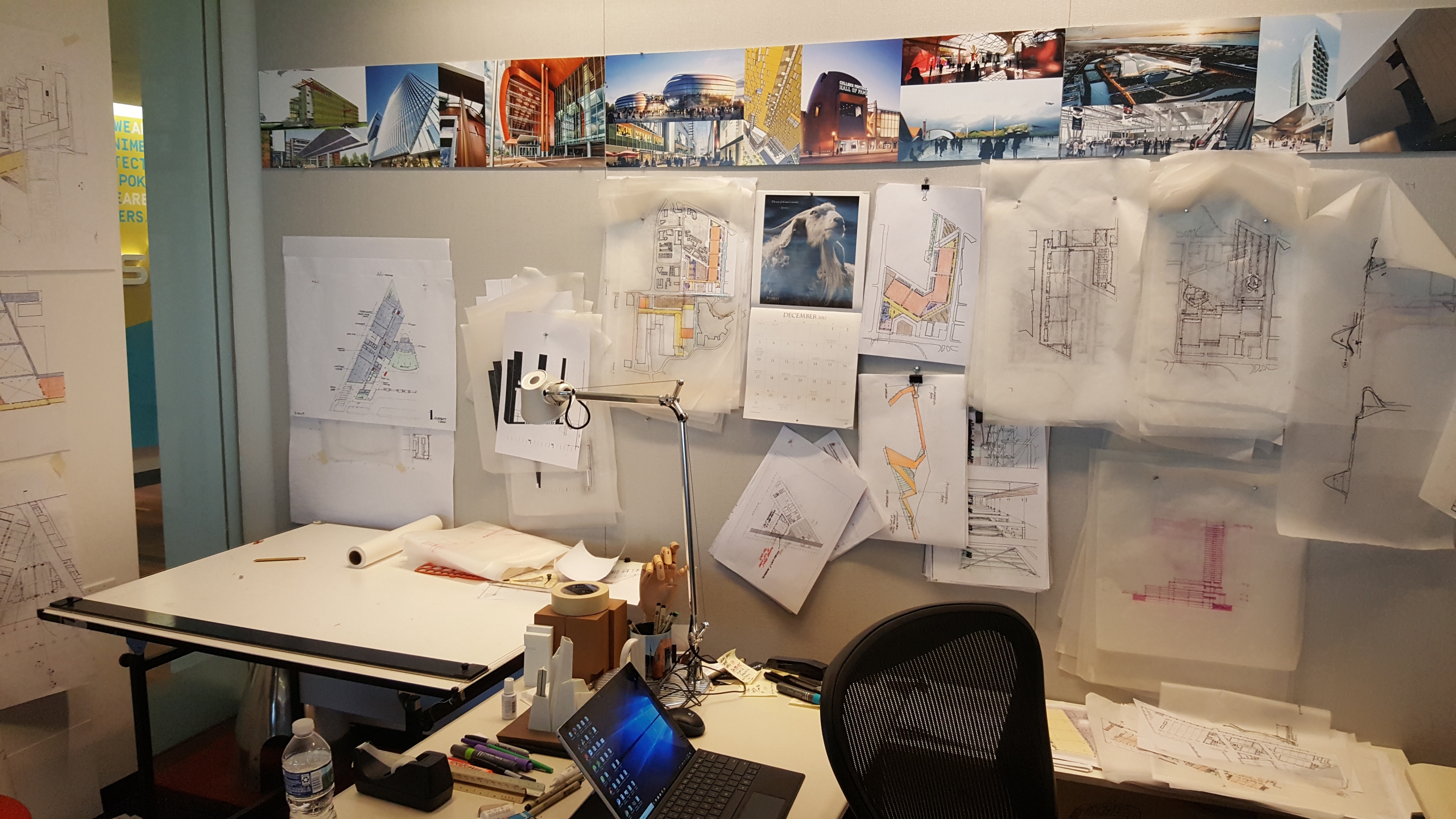
Truth be told, I’m a liar. Although not one of the seven deadly sins, lying is a deal breaker in the Boy Scout code of ethics. A Scout is trustworthy.
I wasn’t born a liar, but probably skated out onto the thin ice of that slippery behavior around age 2, right when I was honing my verbal skills. My father, a good honest man, would confront me about my series of lies. Through tears, I cried “no” to accusatory questions like, “Kevin Dwight, did you sell your bicycle to Tommy Mantas for a dollar?”
I had.
“Yes!” I boasted when claiming I had done my week’s worth of chores.
I hadn’t.
For me, lying was often a temporary hall pass from the scrutinous reality of truth, often administered in a spanking. More often though, I was a boastful liar, and remain so to this day. For Aristotle, liars come in two flavors- the boastful and the flatterer. Boastful liars exaggerate truths into grander claims, probably out of insecurity. For me, the boastful Kevin is about 17% better than the real one, in every category.
Boastful liars usually have no malice towards others, and their lies carry no ill intent. To Aristotle, they were “futile rather than bad.” I’m grateful to wear the tartan of that clan.
That’s why I became an architect. There’s nothing truthful in the abstraction of a hand drawing, particularly fuzzy ones infilled in color pencil. After an interview for new project a few years ago, I asked the prospective client what she thought of the presentation. Without hesitation, she replied that all those plan and section drawings, hand drawn and color coded to depict prospective uses – level by level- made about as much sense as Mondrian’s Broadway Boogie Woogie. That was truth coming out of someone very secure in their role as CEO.
Again, there is nothing truthful about a hand drawing. What are you going to do- blow it up on a NASA-scale Xerox machine to full scale, stake it down in a field and build off of it? At best it’s about 27% towards a realizable truth, but mostly about emotions and aspirations.
Hand drawn architectural drawings only achieve truth when overlaid with strings of numbers called dimensions. It’s the undeniable truthful empiricism of math. When you tell someone on the next bar stool that you’re an architect, they always go on about how you must be really good at math. I tell them that I’m really good at colorful lying.
Sadly, the new designers in my studio are terrible liars, even though they can make sublimely beautiful shapes. All of their projects have been produced in complex programs on the computer- which is also a terrible liar, except for HAL. They’ve never known the glorious fantasy of a watercolor section washed in sunlight squeezed out of a tube labeled cadmium yellow pale. For them, their aspirations are truth-checked through a QWERTY keyboard and parametric calculations. I had an intern from Mumbai who had staggeringly complex notebooks of math formulae to make the shapes he saw in his mind’s eye. At his age I had notebooks of magic marker doodles. I even took a class in magic marker doodling in college. It’s true.
Since I’m in the confessional about lying, I have another confession – identified as a math prodigy (see paragraph one above – boastful) I was asked to minor in computer programming in undergraduate school. It was the wave of the future. In the 1970’s, programming was an arcane exercise in punch cards and flow-chart if-then binary languages of the ancients of Fortran, COBOL and Basic. I once pulled an all-nighter to program a print out of X’s and O’s that looked like Farrah Fawcett in a bikini if you squinted.
A relatively new computer program, part of the Computer Aided Drafting (CAD) family, called Revit, which I suppose is an ironic marketing mash-up of “Reve” (dream in French) and “It”- dream it, is enemy of us lying Architects. It was designed with a noble purpose, to encourage three dimensional thinking in all stages of design, which is great for cubists. It, like all other programs, is math-based and is in its innocence a Truth Machine – algorithmic based programs aside. Revit enables imagination, but wants to document a projected reality with empirical precision. Unfortunately, the program, now a favorite of the construction side because it can actively quantify design and sniff out dollars on the fly, requires an accurate three dimensional model be constructed on a QWERTY keyboard at all stages of the process. The corner art supply store, conveniently down the block from one of my favorite bars, hasn’t had to reorder color pencils in quite a while.
I know architects are expected to produce buildings that don’t leak – that’s what our stamping and sealing of drawings underwrites, but our early concept sketches on flimsy tracing paper don’t hold water. The Revit truth machine, however, requires that the three dimensional model of vectors and electrons closes itself off from the world- all buttoned up and tidy- so that the electrons don’t “leak” at all stages of the design process. Two dimensional hand drawings were free to fudge and dodge reality, like Ali in a Rope-a-Dope, until the hand applied mathematical strings of feet and inch dimensions locked them into a more or less buildable reality and they were stamped “issued for construction.”
Amazing in retrospect, one of the most geometrically complex and sensually beautiful buildings in the last 50 years, Saarinen’s Trans World Airlines terminal at Idlewild Airport, New York (now JFK) was hand drawn and built largely by boatrights out of the coastal Connecticut shipbuilding yards.
That’s the truth.




